In today’s digital age, back-end development is critical for building robust, scalable, and high-performing web applications. Back-end development focuses on the server-side aspect of web development, ensuring that applications work smoothly, process data efficiently, and interact seamlessly with the front-end. As businesses grow, choosing the right back-end framework becomes crucial in building scalable solutions that meet customer demands.
This article highlights some of the top back-end development frameworks for your business, taking into account factors such as performance, scalability, community support, and ease of use. With the right framework, your business can develop a digital presence that is fast, secure, and efficient.
1. Node.js: The JavaScript Powerhouse
Node.js is one of the most popular back-end frameworks for modern web development, offering a fast, efficient, and scalable solution for businesses of all sizes. It’s built on JavaScript, which is one of the most widely used programming languages globally, allowing both the front-end and back-end to be developed in the same language.
Key Benefits:
- High Performance: Node.js uses non-blocking, event-driven architecture, making it ideal for handling high-traffic applications and real-time services like chat apps or live updates.
- Scalability: Node.js allows businesses to scale applications horizontally, making it a great choice for businesses expecting growth or handling large volumes of concurrent connections.
- Active Community: The vast Node.js ecosystem has a wealth of open-source libraries and frameworks, including Express.js, making it easy for developers to speed up the development process.
- Single Language Stack: By using JavaScript across both front-end and back-end, businesses can streamline their development processes, reduce complexity, and minimize the learning curve.
Best For: Real-time applications, APIs, and microservices architectures.
2. Ruby on Rails: The Convention Over Configuration Framework
Ruby on Rails, or Rails, is a full-stack web application framework written in Ruby, which emphasizes simplicity and productivity. It follows the “Convention over Configuration” (CoC) principle, meaning that developers don’t have to write boilerplate code or make unnecessary decisions, allowing them to focus on building core functionality.
Key Benefits:
- Rapid Development: Rails includes many built-in tools and features, such as an ORM (Object-Relational Mapping) layer, which allows developers to quickly build and deploy web applications.
- Clean and Maintainable Code: Rails’ conventions encourage clean, readable, and reusable code, making it easier for developers to collaborate and maintain applications in the long term.
- Large Ecosystem: Rails has a thriving community and plenty of libraries (gems) that developers can leverage to accelerate the development process.
- Security: Rails has built-in security mechanisms like data validation, CSRF protection, and prevention of SQL injection attacks, which is essential for safeguarding user data.
Best For: Startups, rapid prototyping, and MVP (minimum viable product) development.
3. Django: Python’s Versatile Framework
Django is a high-level Python web framework that encourages rapid development and clean, pragmatic design. Known for its robustness and scalability, Django is one of the most favored frameworks for building web applications that require a strong back-end and a user-friendly front-end.
Key Benefits:
- Scalability and Flexibility: Django can scale with your business, whether you’re starting with a small application or planning for massive growth.
- Security: Django takes security seriously, offering built-in protections against common vulnerabilities such as SQL injection, cross-site scripting (XSS), and cross-site request forgery (CSRF).
- Batteries-Included: Django provides an array of built-in tools, including an admin interface, authentication system, and form handling, enabling faster development without needing third-party integrations.
- Strong Community and Documentation: Python’s ecosystem, coupled with Django’s detailed documentation, makes it easier for developers to implement features and solve problems.
Best For: Data-driven applications, content management systems (CMS), and enterprise-level applications.
4. Spring Boot: The Java Framework for Enterprise Solutions
Spring Boot is part of the Spring Framework, a popular Java-based framework used for building large-scale enterprise applications. Spring Boot simplifies the setup and development of Java web applications, reducing the need for configuration and providing robust tools for scalability and performance.
Key Benefits:
- Enterprise-Level Solutions: Spring Boot is ideal for building large-scale applications with complex back-end requirements, making it a top choice for enterprise-level projects.
- Microservices Architecture: Spring Boot is widely used for building microservices, allowing businesses to break down their application into smaller, manageable components that can scale independently.
- Comprehensive Ecosystem: Spring Boot integrates seamlessly with other Spring components, such as Spring Security and Spring Data, providing a comprehensive set of tools for development.
- Performance and Reliability: Java is known for its speed and reliability, which makes Spring Boot a great choice for building mission-critical applications that require stability.
Best For: Enterprise applications, large-scale systems, and microservices architecture.
5. Laravel: PHP’s Elegant and Efficient Framework
Laravel is a PHP-based back-end framework that follows the MVC (Model-View-Controller) architecture pattern. Known for its elegant syntax and developer-friendly tools, Laravel has become one of the top choices for businesses looking to build scalable and feature-rich web applications quickly.
Key Benefits:
- Elegant Syntax: Laravel is designed to be simple, clean, and easy to use, allowing developers to focus more on building features rather than solving complex problems.
- Built-In Tools: Laravel offers a wide range of built-in features, including an ORM (Eloquent), routing, templating, and a powerful command-line interface (Artisan), which makes development faster and more efficient.
- Security: Laravel offers robust security features like password hashing, encryption, and protection against SQL injection, ensuring that your web applications are secure.
- Large Community and Ecosystem: Laravel has an active community, and its ecosystem includes tools like Laravel Forge for server management, Laravel Mix for asset compilation, and Laravel Envoyer for deployment.
Best For: Small to medium-sized businesses, content management systems, and e-commerce applications.
Choosing the Right Framework for Your Business
When deciding on the best back-end development framework for your business, it’s essential to evaluate your project’s specific requirements. Consider factors such as:
- Scalability: Does your business plan to expand rapidly, or do you need a framework that can handle increasing traffic and growing data?
- Development Speed: How quickly do you need to launch? Frameworks like Ruby on Rails and Laravel are known for rapid development, while frameworks like Spring Boot might require more time for setup.
- Community and Ecosystem: A large and active community means you have access to more resources, documentation, and third-party libraries, which can save you time and effort.
- Security: Ensuring that your business and user data are protected is essential, so choose a framework with built-in security features or a strong track record in this area.
The right back-end framework can make a significant difference in the success of your digital products. Whether you’re building a simple website, a complex enterprise application, or a real-time service, selecting the right technology stack is essential. Node.js, Ruby on Rails, Django, Spring Boot, and Laravel are all top-tier back-end frameworks that can help your business scale and succeed.
By carefully evaluating your business needs and the unique benefits of each framework, you can make an informed decision that aligns with your goals. Remember, the best framework for your business is one that not only meets your current requirements but also grows with your company as it evolves in the competitive digital space.
WiFi Digital: Connecting Businesses to the Digital Future
In today’s fast-paced world, where a strong digital presence is essential for business growth, WiFi Digital emerges as a strategic partner for small and medium-sized businesses (SMBs). Founded in 2023 and based in London, Ontario, the company has a clear mission: to provide affordable, high-quality solutions that help businesses thrive online. With an experienced and passionate team, WiFi Digital goes beyond simply creating websites and marketing strategies. Its purpose is to empower entrepreneurs, strengthen brands, and give clients more free time to focus on what truly matters – growing their business and improving their quality of life.
WiFi Digital develops websites that authentically and professionally represent your brand, optimizes systems and digital marketing strategies to enhance visibility and return on investment (ROI), and offers affordable, customized solutions, ensuring that businesses of all sizes have access to effective growth tools. With transparency, partnership, and innovation, the company provides each client with the necessary support to achieve real results.
Business digitalization is not just about numbers or metrics. It directly impacts entrepreneurs’ well-being, bringing more organization, efficiency, and freedom to focus on what truly matters. WiFi Digital understands that by investing in digital solutions, businesses gain time, reduce operational stress, and create opportunities to connect better with their customers. A well-structured online presence not only increases sales but also strengthens the public’s trust in the brand.
Beyond technical expertise, WiFi Digital’s key differentiator is its commitment to people. The company values genuine relationships, creates tailored strategies, and works side by side with clients to ensure that every solution meets their specific needs. If you’re looking to boost your brand, attract more customers, and still have more time to focus on what truly matters, now is the time to act!
💡 Transform your digital presence with experts who understand your needs.
📩 Contact us now: contact@wifidigital.ca
🌍 Learn more: www.wifidigital.ca
🚀 Your growth starts here!



